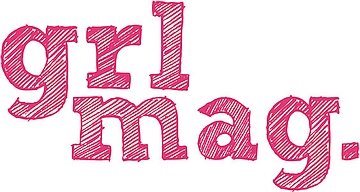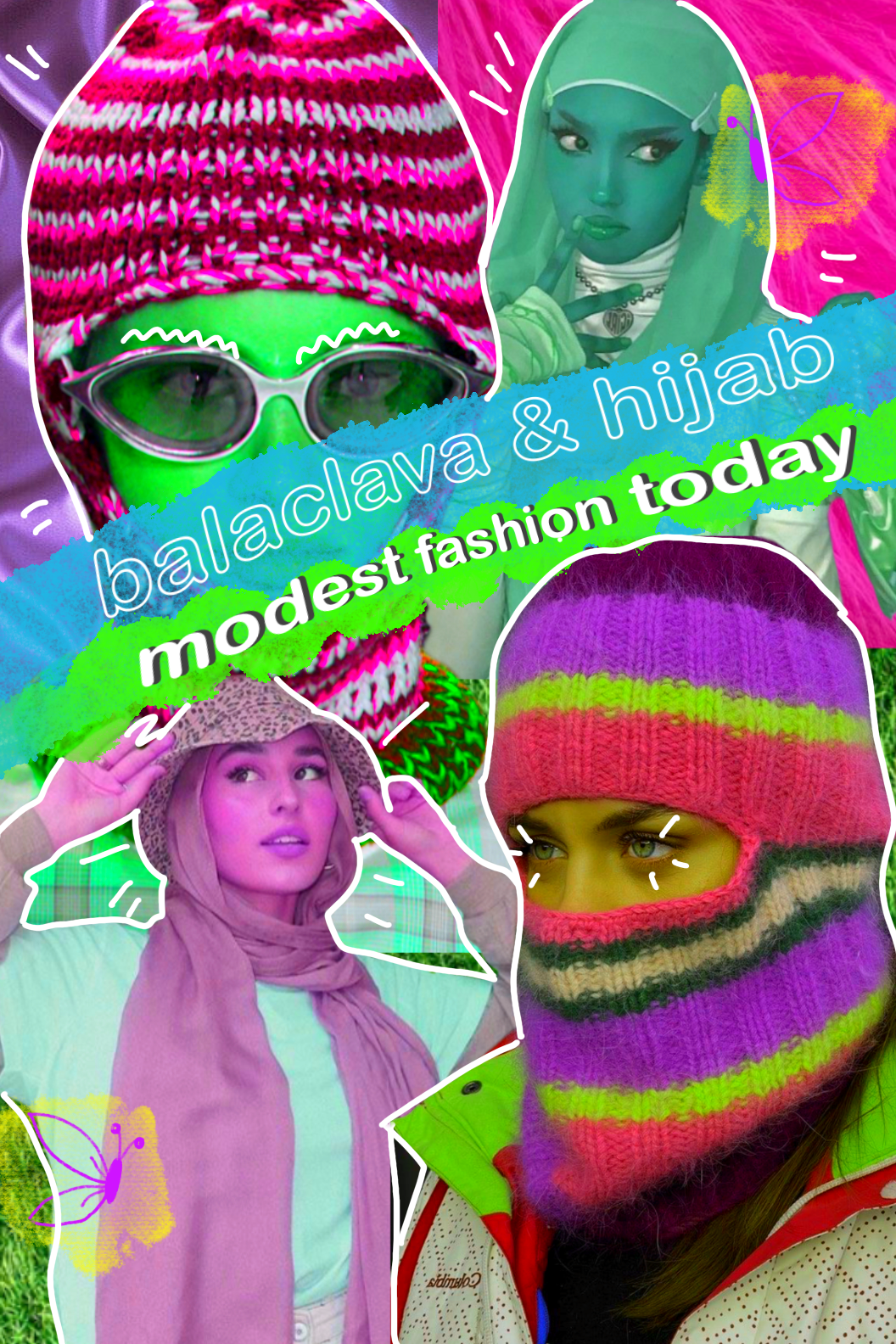
If you’re on the fashion side of TikTok, you might be noticing the balaclava trend popping up during these frigid months. They look familiar to the hijab, a headscarf Muslim women wear.
The name balaclava comes from the Battle of Balaclava during the Crimean war of 1854. The Ukrainian town gave this little hood its namesake, adorned by British soldiers against the piercing weather.
The winter accessory today comes in an assortment of colors and coverage. Some cover everything but the eyes and some cover just the head. With the all-too-famous pandemic, everyone has been more accustomed to the covering of faces (thank you face masks!)
Though the balaclava can be a chic new look for many, Muslim women have been at the forefront for the head-covering styles with a range such as hijabs, niqabs, burqas, etc. However, Muslim women face discrimination for their head-coverings in stark contrast to the privilege of using balaclavas as a complementary look.
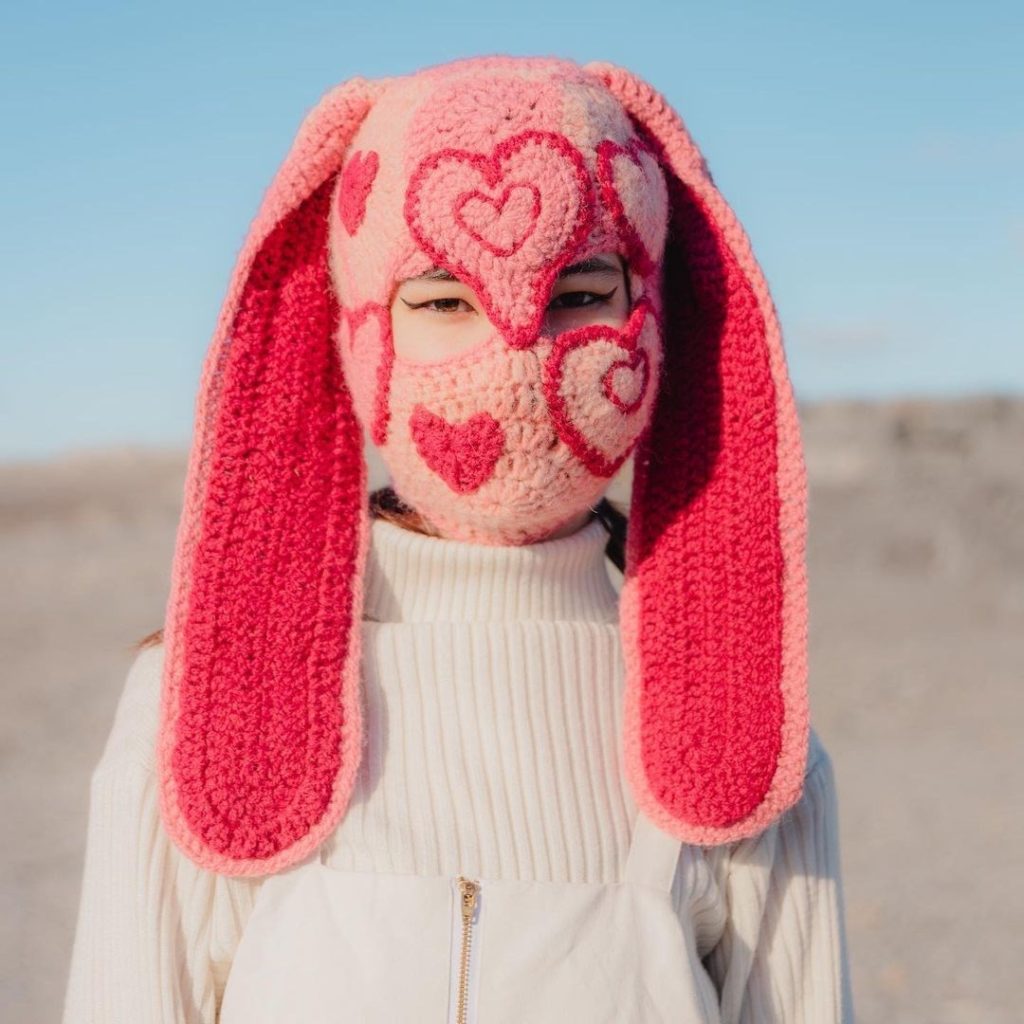
The double standard presented is harmful. The stigma surrounding head coverings as a symbol of oppression is not only detrimental but islamophobic. Muslim women cannot simply choose when they want or do not want to wear a hijab like a trend can be ditched after a few months.
Take, for example, France’s cyclical stance against the use of hijabs. The hijab’s perception, in turn, causes Muslim women to be discriminated against at a higher rate than men. 70% of Islamaphobic hate speech or act victims were Muslim women in France.
This perception needs to be changed. Through acknowledgment of privilege by those who aren’t Muslim but partake in wearing head-coverings similar to hijabs, there could be a potential in segueing this viewpoint into something beautiful.
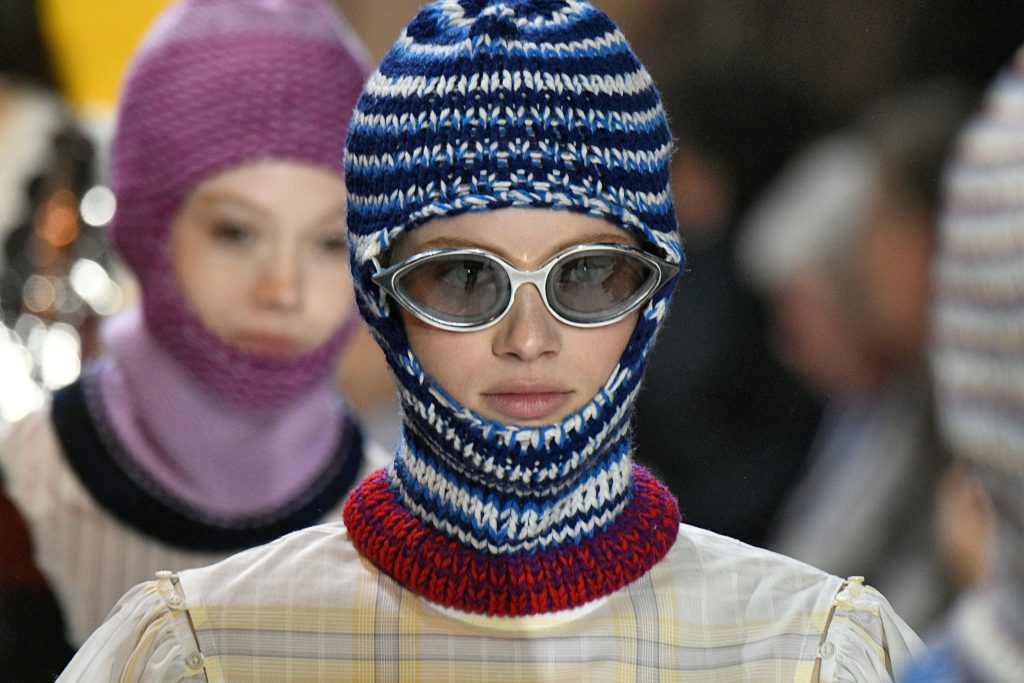
Let me make it clear, however, there is a difference between appropriation and appreciation. Appropriation is the use of cultural items in an inappropriate or offensive way. Appreciation is the knowledge sought out to broaden the perspective of a culture. Non-Muslims can and should wear head-coverings in their own way if they choose to do so. It can help normalize the look, leading to more of an appreciation of autonomy for all women.
Let me also make it clear that Muslim women are not afraid of making bold statements with their fashion looks. Muslim women have found creative ways to wear modest looks AND remain extremely fashionable. With the rise of modest fashion, we see more avenues for Muslim women to express their creativity.
Celebrities like Bella Hadid remind us of the struggle Muslim women face.
I am not here to say what is right or wrong when it comes to wearing head coverings in fashion, because it is not my place to speak on how hijabi women feel but what I can say is: If we are seeing more and more appreciation of hijabs and covers in fashion, we have to also acknowledge the cycle of abuse that Muslim women of all different ethnicities in fashion get met with on a regular basis within fashion houses, especially In Europe&America”
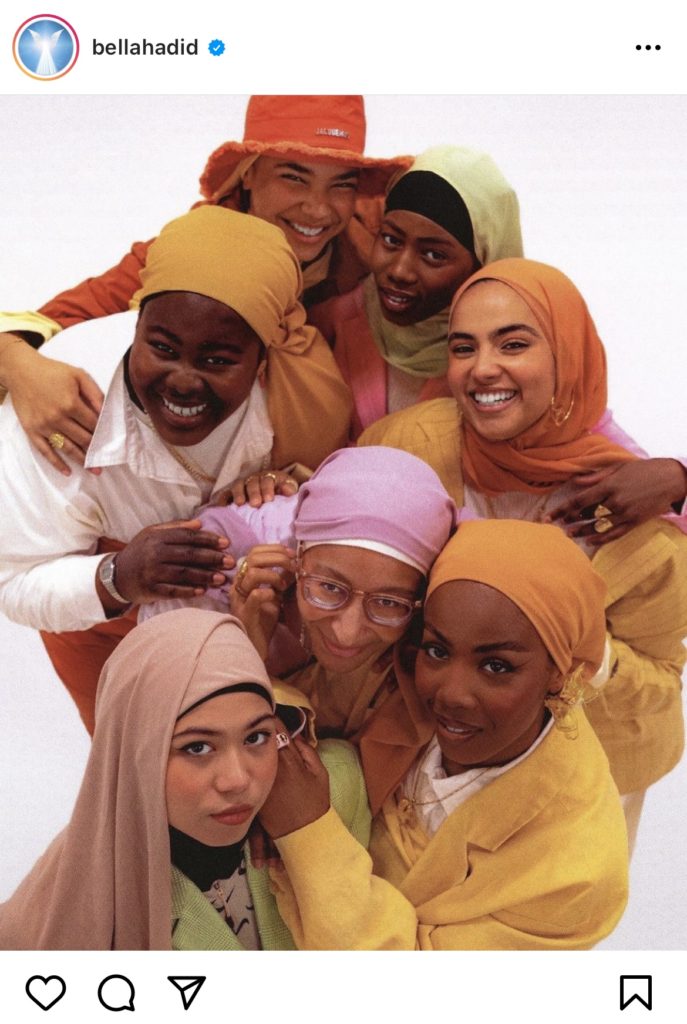
Accessibility to modest fashion for Muslim women has always been a problem, especially in Western countries. The West has typically valued more revealing clothing as a reclamation of power—a feminist move as seen in the #FreeTheNipple movement. The inverse of modesty can play to this value as well.
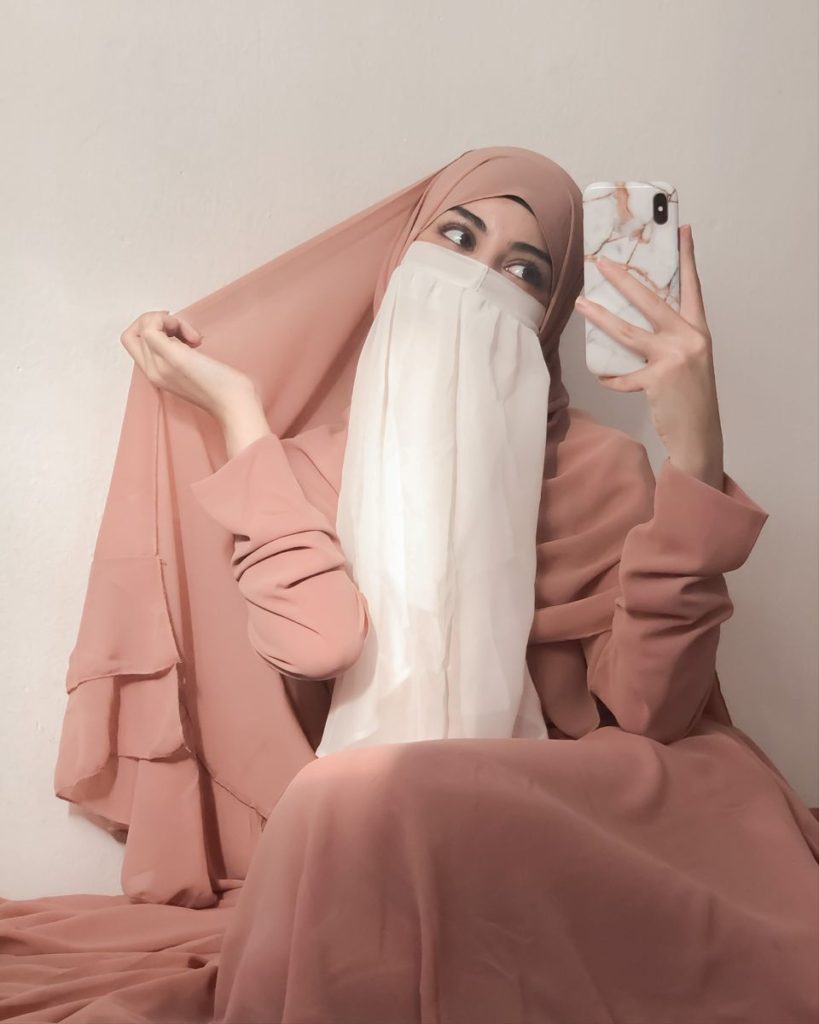


Fashion companies have recognized this value as well. High-fashion houses like Dolce & Gabbana, Hermes, Fendi, Versace, and Gucci have made strives to capitalize in the modest market. More accessible clothing brands like Nike and Uniqlo have curated more modest pieces, including sport hijabs from Nike. A large part of the modest market has been overlooked, and with 1.8 billion Muslims in the world, the modest fashion industry is expected to rise to $311 billion by 2024. Muslim women have found avenues to express themselves in a range of modest fashion, not just the typical traditional way. With that, the interest in fashion carved the path for Muslim women to partake in fashion culture, and bring a fresh take to what people might see on a day-to-day basis. It’s become trendy—but we have to recognize that though the trend has risen, we have to recognize the hardships Muslim women have endured prior to the trend. Kim Kardashian’s 2021 Met Gala look might be considered groundbreaking, but we must not forget that some Muslim women cannot simply shed their cultural identity at the end of the day.
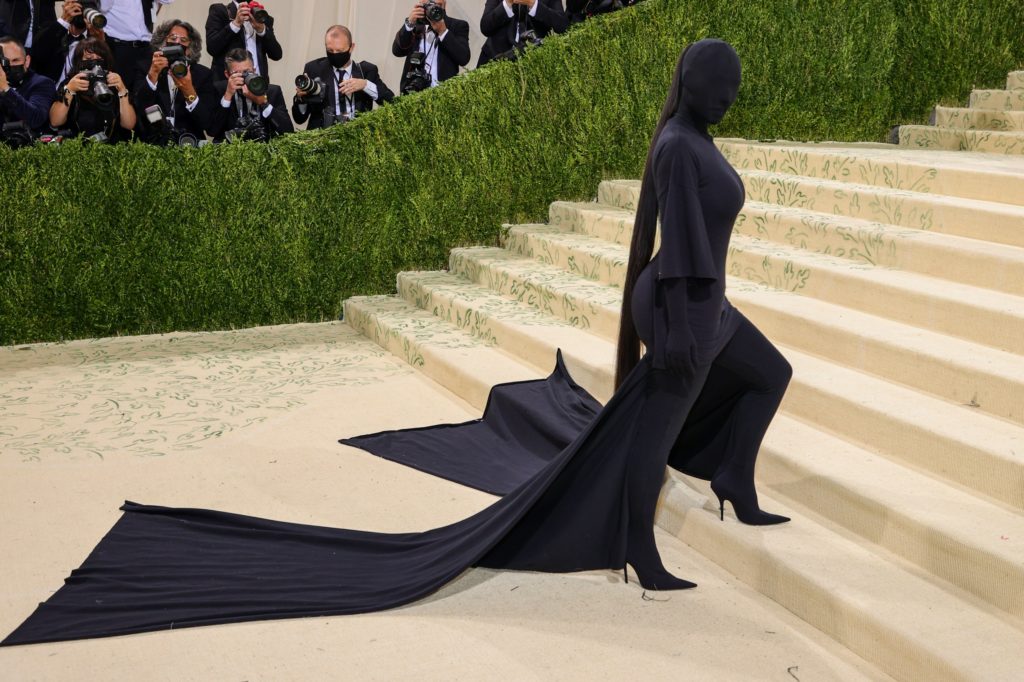
There is some value to modest clothing as much as there is in revealing clothing. Anyone can participate in the value of sophistication, elegance, and control that can be conjured by modest clothing. There are two sides to the coin, both can and are feminist. Showing a lot is powerful. Covering up is powerful. The choice to do so is what’s beautiful.
by HERd from GrlMag
Written by Amira Aboudallah
